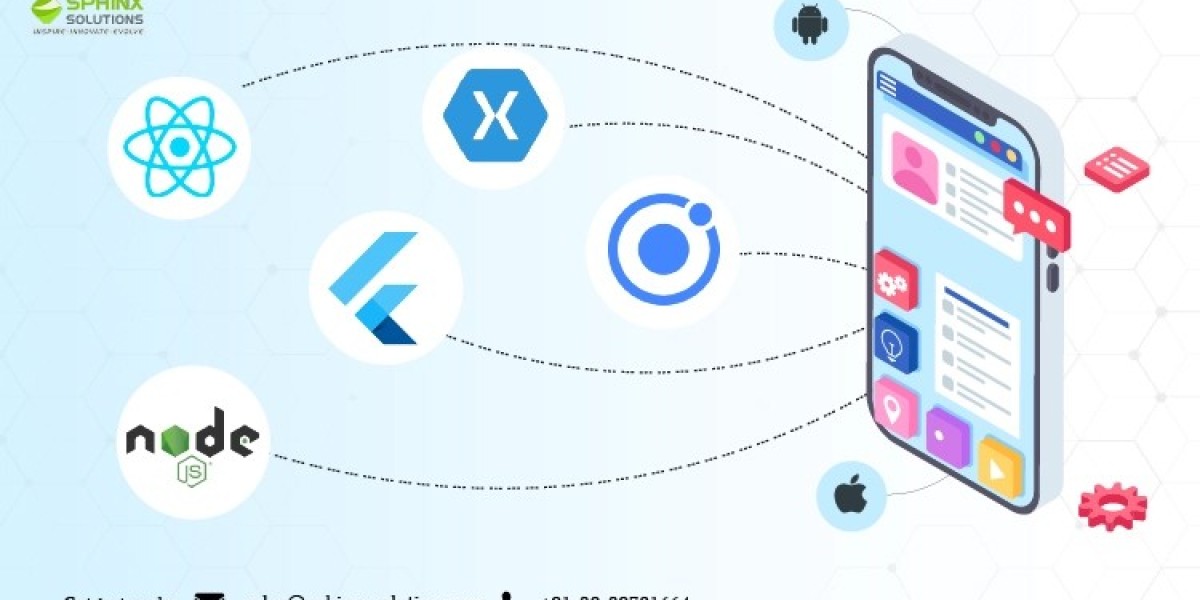Mobile apps are essential for businesses today, offering various functionalities from e-commerce to entertainment. Whether it's for e-commerce, entertainment, or custom application development, cross-platform development provides a flexible and cost-effective solution for reaching a wider audience across various devices and platforms. However, developing separate apps for each platform can be expensive and time-consuming. This is where cross-platform development comes in.
What is Cross-Platform Mobile App Development?
Cross-platform development, including frameworks like React Native, Flutter, and Xamarin, enables the creation of a single codebase that can be deployed across multiple operating systems, such as iOS and Android.
By leveraging these tools, developers can streamline the process of iOS mobile app development alongside Android, resulting in reduced development time and costs compared to building separate native apps for each platform.
Benefits of Cross-Platform App Development
- Faster development: Cross-platform frameworks streamline development, allowing for quicker app launches and updates.
- Cost-effective: Using a single codebase saves you money and resources on development.
- Wider reach: Reach a broader audience by targeting both iOS and Android users with a single app.
- Easier maintenance: Managing one codebase is simpler than maintaining separate ones for each platform.
- Consistent user experience: Frameworks provide built-in UI components that ensure a consistent user experience across different devices.
Popular Cross-Platform Frameworks
Here are some of the leading frameworks for cross-platform app development:
- React Native: A popular JavaScript framework created by Facebook, enabling efficient app development.
- Flutter: A Google-developed UI toolkit used to build apps for mobile, web, and desktop with a single codebase.
- Xamarin: A Microsoft-based platform that allows you to create C# apps that run smoothly on Android and iOS.
- Apache Cordova (PhoneGap): An open-source framework using JavaScript, HTML, and CSS to simplify app development.
- Ionic: A web-based framework for building cross-platform apps using HTML, CSS, and JavaScript.
How Much Does it Cost to Develop a Cross-Platform App?
The cost of a cross-platform app can vary depending on several factors, typically ranging from $25,000 to $150,000. Here's a breakdown based on complexity:
- Simple App: Basic UI, MVP features (Minimum Viable Product) - $10,000 to $30,000 (2-3 months)
- Medium Complexity App: Custom UI/UX, advanced features - $30,000 to $100,000 (3-10 months)
- High Complexity App: Bespoke UI/UX, advanced features like AR/VR - $100,000 to $250,000 (10+ months)
Factors Affecting App Development Costs
- App Complexity: More features and functionalities lead to higher costs.
- Features & Functionality: Complex features like push notifications or in-app purchases require more development effort.
- UI/UX Design: A well-crafted design with animations and custom graphics can increase costs.
- App Platform: Cross-platform development is generally cheaper than native app development.
- Development Team & Location: Developer rates vary depending on location and experience.
Conclusion
Cross-platform development is a strategic approach for businesses seeking to expand their reach and save on app development costs. By carefully considering your budget and choosing the right team and framework, you can build a successful cross-platform app that thrives on both iOS and Android platforms.



